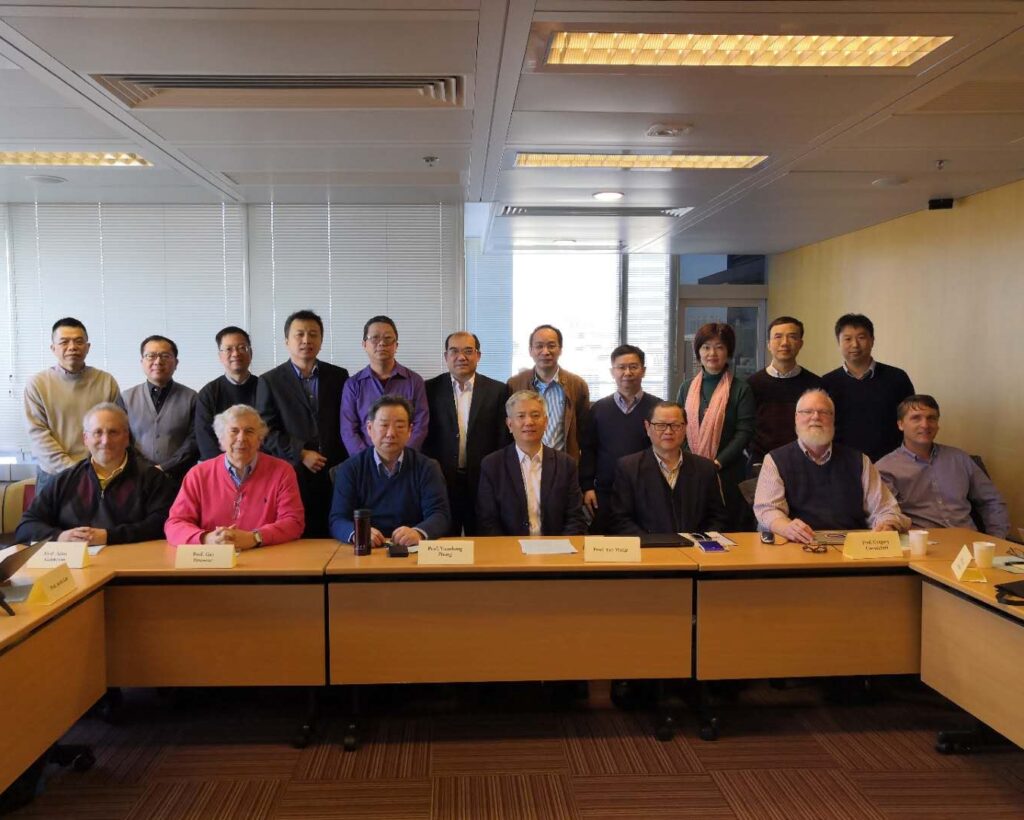
王韜教授及其研究團隊
- Project Details:
| Project Code: | T24-504/17-N |
| Project Title: | Photochemical Air Pollution in Highly Urbanized Subtropical Regions: From Micro Environments to Urban-terrestrial-oceanic Interactions |
| Project Coordinator: | Professor Tao WANG |
| Coordinating Institution: | The Hong Kong Polytechnic University |
| Participating Institution(s): | The Chinese University of Hong Kong The Hong Kong University of Science and Technology The University of Hong Kong |
- Abstract
| This project consists of comprehensive research investigating photochemical air pollution-a pressing environmental problem in the world’s urban and industrialized regions, including Hong Kong. Ozone and fine particulate are major air pollutants. Since Januar y 2018, the project has conducted a series of coordinated laborator y, field, and numerical studies. The major scientific achievements made thus far include the discoveries of the important roles of halogen atoms in air quality in polluted regions, the new source/production pathway of organic particulate matter, and the complex responses of secondar y air pollutants to emission controls. Based on the findings, the project has recommended additional measures to mitigate winter ha ze in north China and photochemical smog in south China. The findings have been disseminated to news media to promote public awareness of the importance of academic research and the current air pollution. |
- Research Impact
| Knowledge: Discovery of photoliable halogen gases that aggravate photochemical pollution in polluted regions and production pathways of organic fine particulates, emissions of reactive gases from subtropical plants and soils; publications in high-impact journals. Policy: Need to control volatile organic compounds ( VOCs) alongside other pollutants in the Mainland; enhancing control aromatics in Hong Kong; consider regulating halogen emissions. Capacity: The comprehensive emission inventory and improved models allow accurate air quality forecast; trained PhD and postdocs take up academic, governmental, and industrial posts. |
